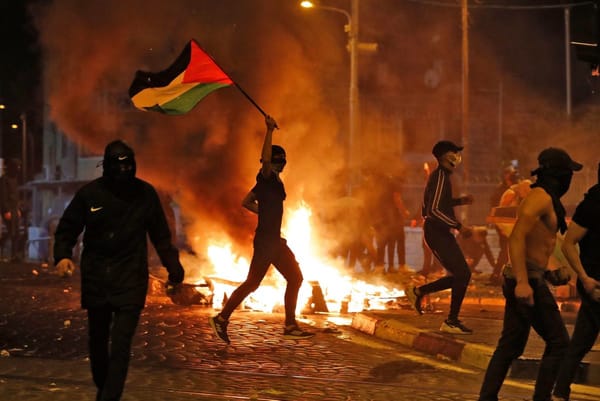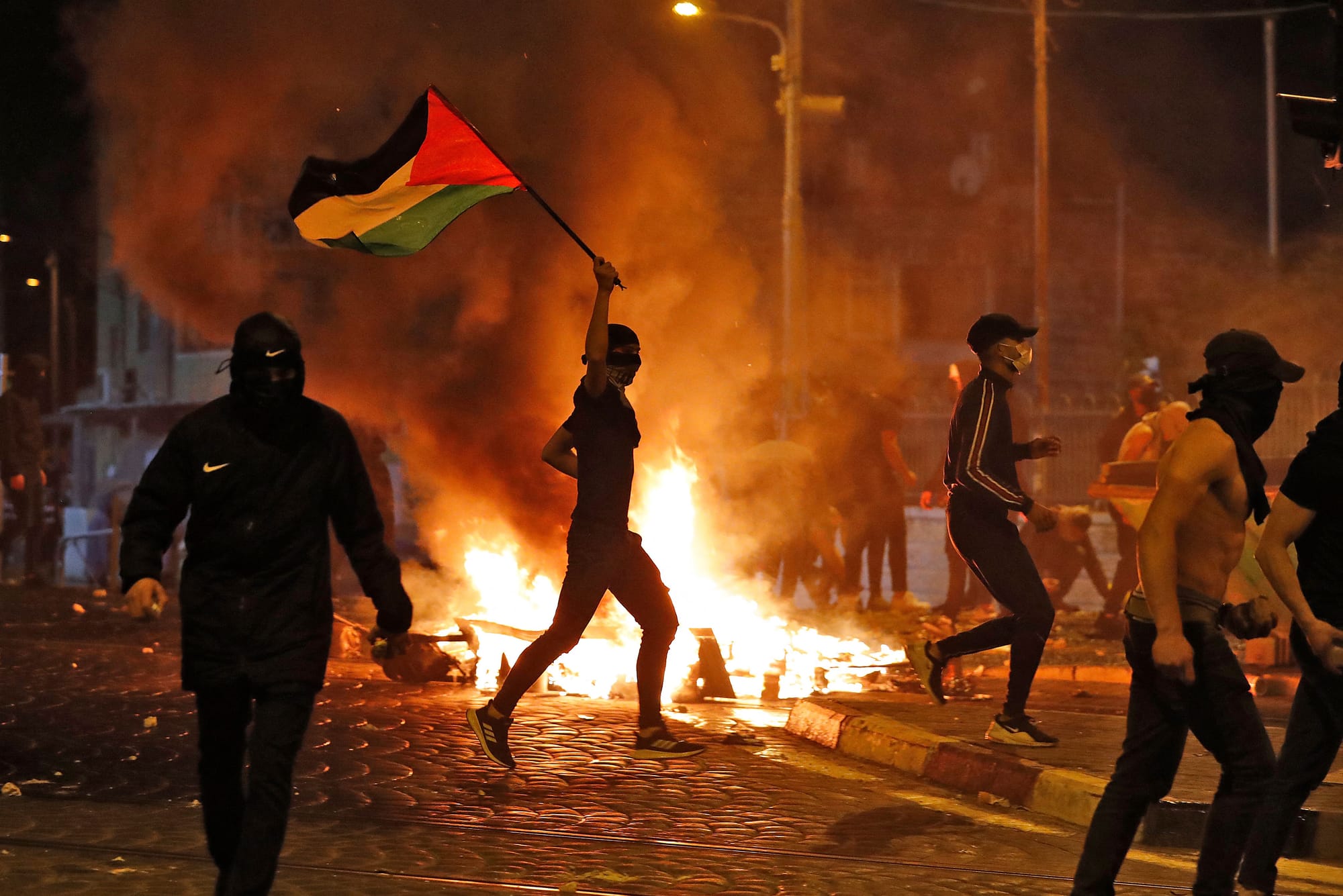Jerusalem Youth at the Forefront of 2021’s Unity Intifada
The Palestinian uprising of April, May and June 2021—known as the Unity Intifada—is part of a long tradition of revolutionary political activity in which Palestinians from Jerusalem have often played a role. Akram Salhab and Dahoud al-Ghoul report from the city about the reasons youth feel compelled








